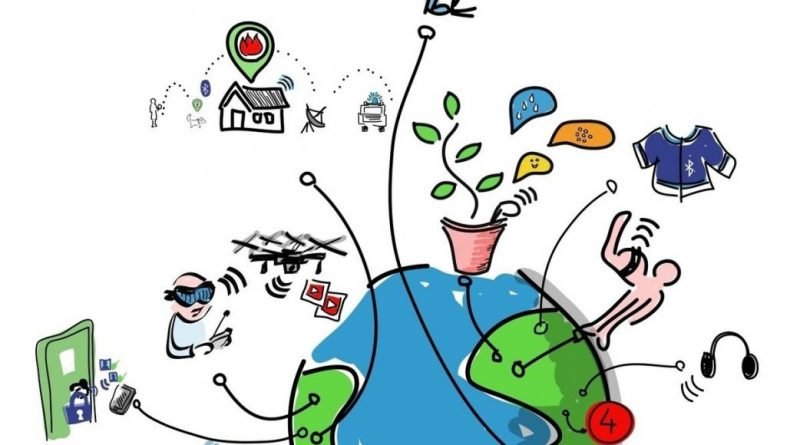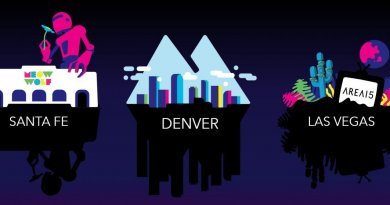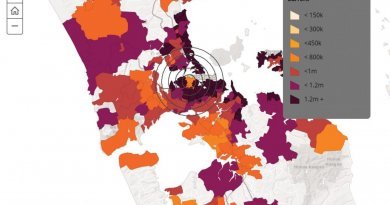How the Internet of Things or IOT is affecting the construction industry
The Internet of Things or IoT may be easier to describe by what it doesn’t do, rather than what it does. The range of applications is vast. When you consider the possibility of connecting any machine, any system or any site to the Internet to know at any time what’s happening, it rapidly becomes clear that the only limit in finding uses for IoT is our imagination.
However, construction is a practical activity that deserves practical examples.
Remote Operation
If you can hook up a machine to the web either with a physical or a wireless connection, you can give it instructions remotely. It can operate alone in areas that would be hazardous to humans because of pollution. Similarly, wearable computing like Google Glass can help workers on-site access instruction manuals in hands-free mode, or benefit from remote support that sees what they see.
Supply Replenishment
When units of supply are labeled with RFID tags, a system on site can count them. When the count drops below a given level, the system can trigger a request from a central system to order more. Idle time goes down, and projects have better chances of being completed on time. Costs are also contained because the construction company does not need to buy in significantly more supplies than it is likely to use at any one time. Instead, just-in-time provision becomes possible automatically.
Similarly, you’ll know where that pneumatic drill ended up or how many excavators are currently located at a given construction site. It will help reduce the time lost looking for mislaid items as well as the cost of purchasing replacements. GPS data is already being used to monitor vehicle fleet locations.
It also allows excavating or landscaping equipment to be precisely positioned on a terrain to then automatically carry out instructions using a virtual map of the digging, cutting or other terrain modifications to be made.
Equipment Servicing and Repair
Sensors in machines allow them to transmit information about their status and any need for service or repairs. Fixing machines before they break makes more sense than waiting for failure, which by Murphy’s Law is all too likely to happen just at the wrong time.
Remote Usage Monitoring
For equipment used by workers, whether power drills or articulated earth-movers, the IoT means construction hours can be logged automatically. Limits can be monitored, to prevent worker fatigue and possible accidents. Wearable computing in the form of wristbands can also monitor driver health and alertness. Action can be taken if the limits are in danger of being exceeded.
Power and Fuel Savings
Via the IoT, sites can send back information on the amount of electrical power they use, so that after-hours lighting can be adjusted for energy-savings. Machines can send back information on idling time (which uses fuel) so that on and off periods can be adjusted without penalizing projects through the time needed to restart machines.
Augmented Reality (AR)
Google Glass offers AR, but you have to be wearing the Google Glass goggles to make use of it. The next step will likely be to integrate AR directly into equipment visors and vehicle windshields. Operational instructions or navigational and driving information will then come over the IoT in real time, and be overlaid onto the real-world view of the job to be done or the journey to be traveled.
Building Information Modeling (BIM)
Computer models that have been used to direct real-life construction can, in turn, be updated by sensors placed in the buildings that have now been constructed. The sensors can send back information on the way that materials are affected by changing climates and the passage of time. They can supply information on possible changes in energy efficiency in roofing, how structures behave when there are earth tremors, or how a bridge bends under the weight of passing traffic.
Source: The Balance.com




